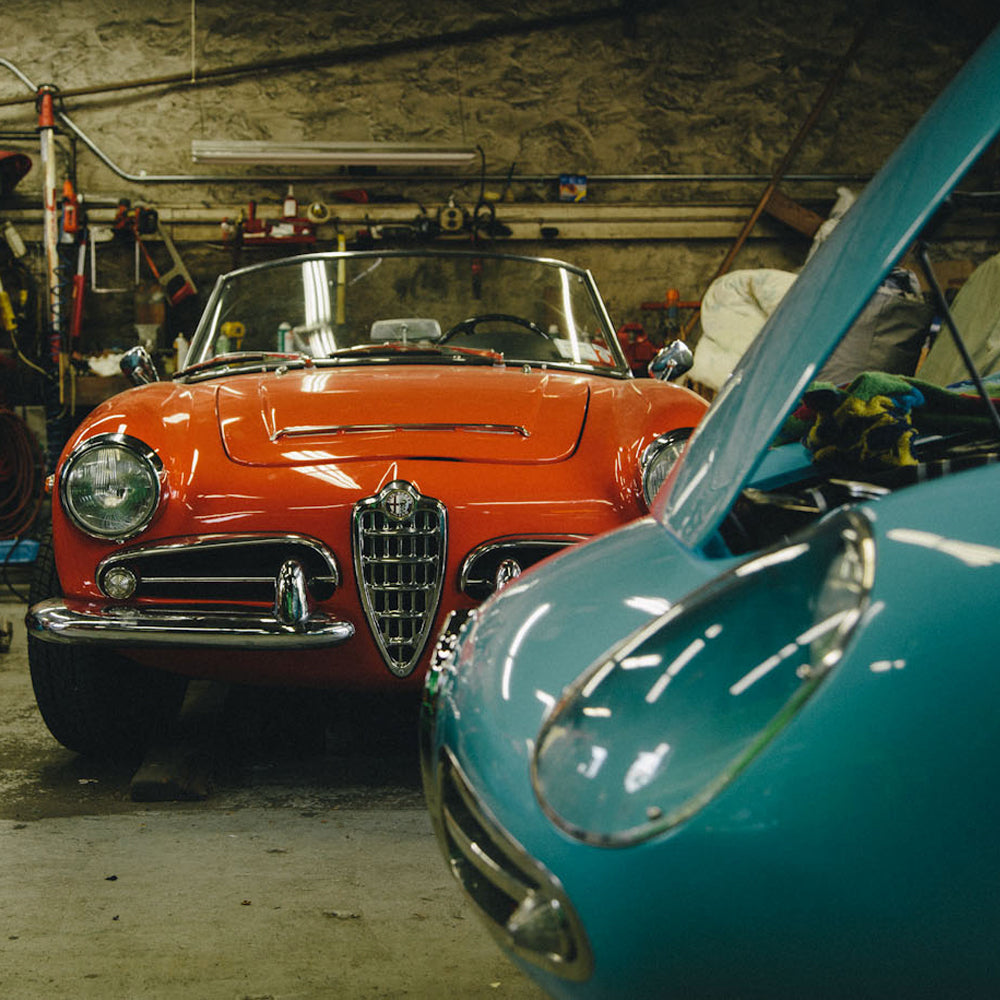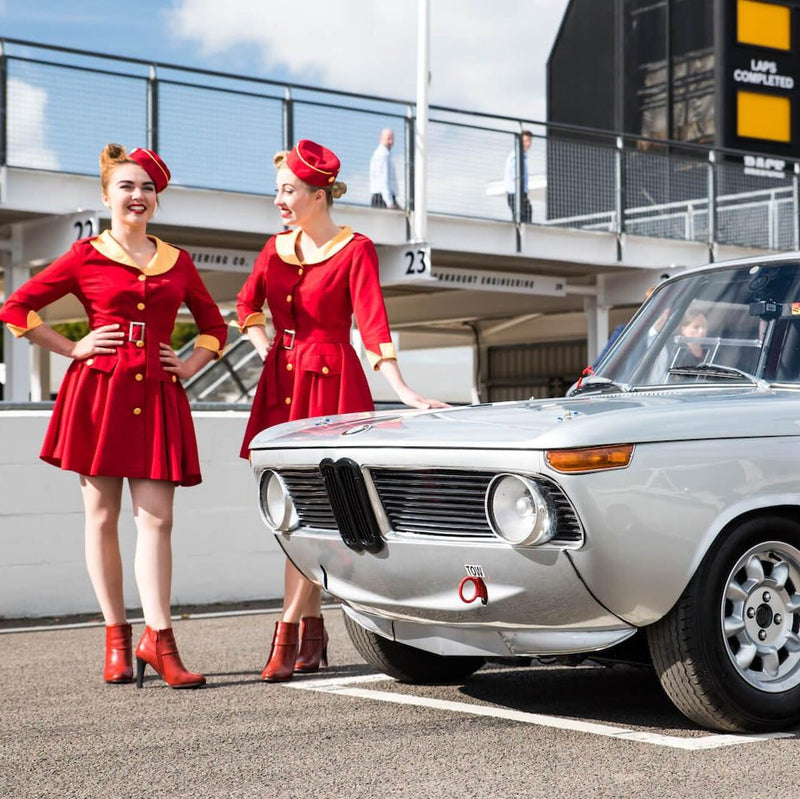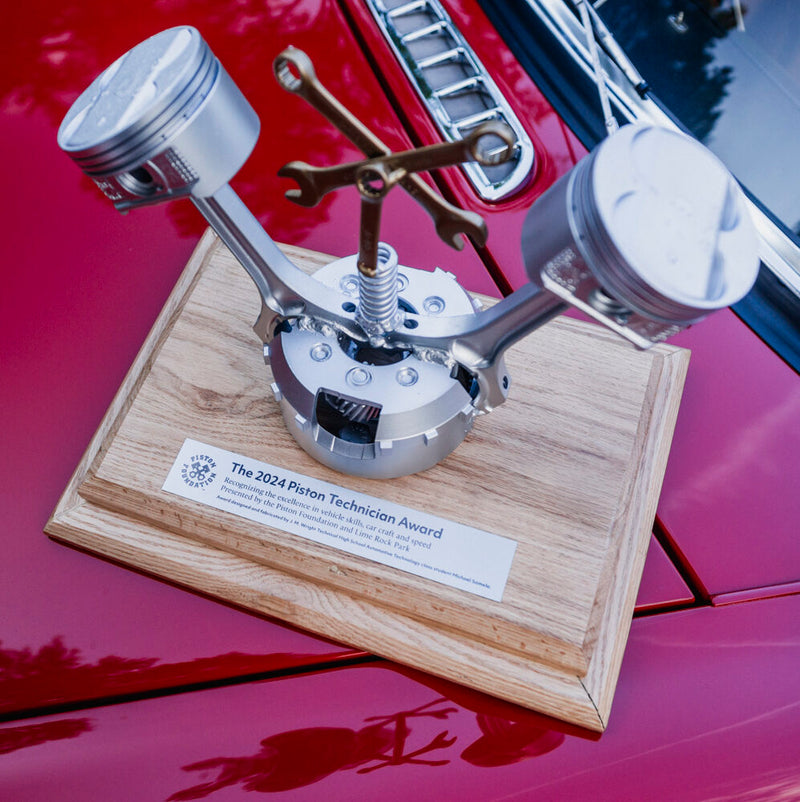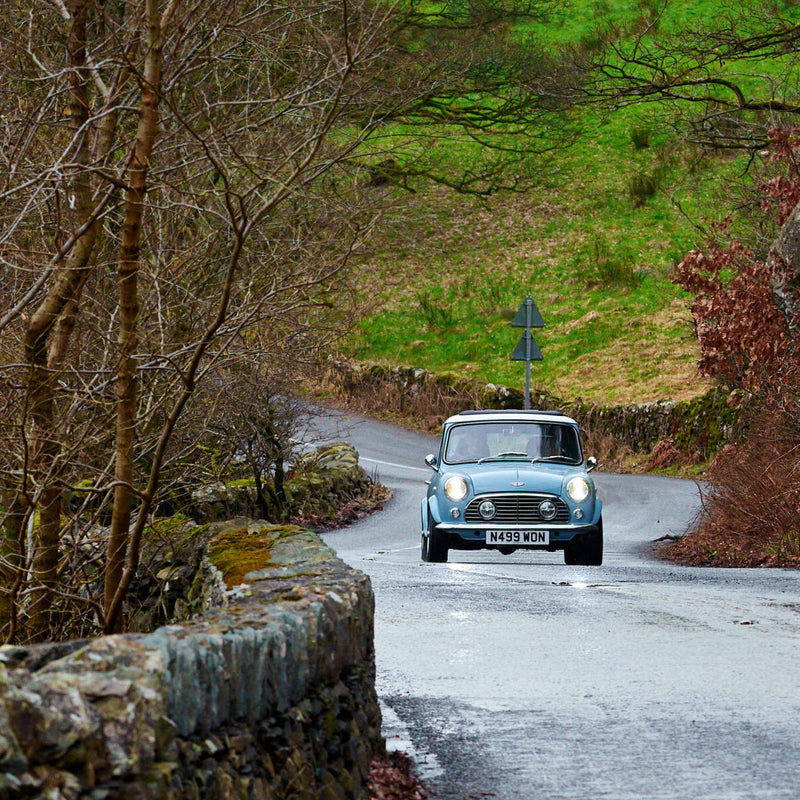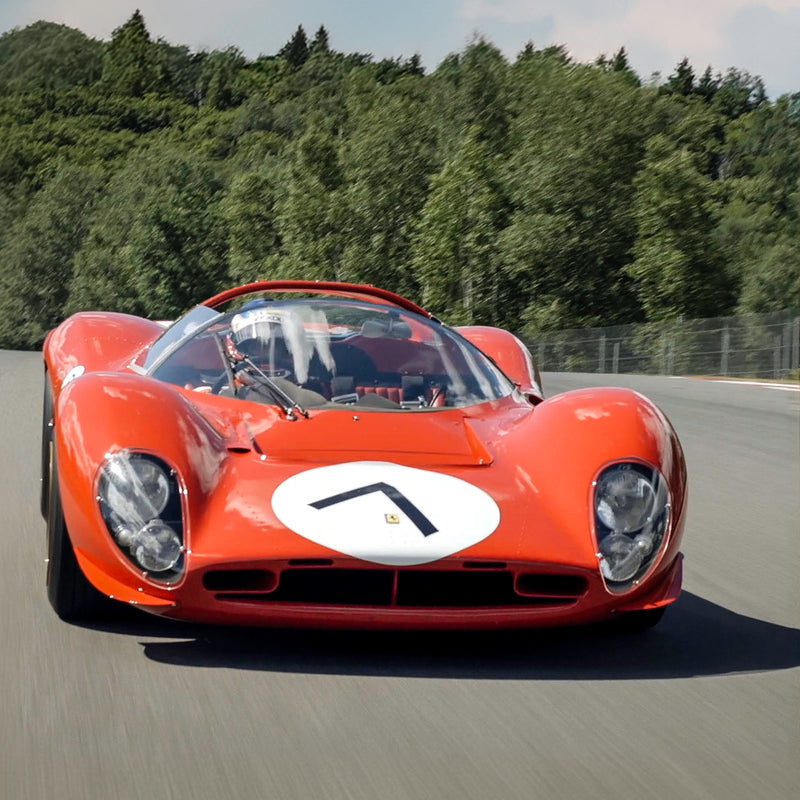On a recent trip to New York, we visited with Santo Spadaro, co-owner of Dominick's European Car Repair in White Plains, New York, which his father opened in 1961. The garage has seen few changes since that day. Santo and Frank, who are brothers, handle all the tuning, prep, transmission and electrical jobs which are their specialties. Their sister, Vera, holds the ship together keeping business logistics of the shop in order, so this garage is a total family affair.
Q: What inspired your dad to be a mechanic?
A: In Sicily in 1932, my father, Domenico Spadaro, was 12 years old. At that time my grandfather picked a profession for him: cabinet making. My father worked for four days and knew right away that it wasn't a life for him. Across the street from my father's house was a garage, and it was the dawn of time for cars in the city. My father left his job cabinet making, went into the garage, and asked the owner, Bambino, if he could apprentice for him. Until my father passed away at age 89, he said there wasn’t a day that went by that he didn’t learn something new. It was always just as interesting as when he started. Although he was old, he continued to come into the shop with his walker, where he would make bushings and bolts. He was still very focused and very deliberate.
Q: What inspires you to work at the garage?
A: My brother and I have the same passion. We work on the cars that were in their sweet spot from when we were growing up. Working on cars from the 1950's, '60s and '70s was and still is dream.

Q: What’s your favorite part about working at the garage?
A: Not a day goes by that I don’t see something totally old that is new to me. As simple as these old cars might be, there’s a complexity to them that keeps me seeing new things, because of the matrix of the way it is all put together. It’s never the same; it’s always a new experience. Do I love cars? Yes. If I had to do brake jobs and clutch jobs, which are more profitable, it would be a lot less interesting. There’s no fascination in that for me. Running this shop is definitely a passion and not a bottom-line venture.
Q: When did you first start working on cars?
A: When I was young, I was around the garage a lot, and I often went to race meets, which is what my Dad did as a pastime. My dad was known for his street work more than his race work, and I picked that up from him.
Q: How was working with your dad?
A: He was a fiery individual. As the Italian saying goes, "Whatever was in his stomach would come out of his mouth."
Q: How busy is the garage?
A: There are five of us who work here, one has been here since the '80s. There isn’t a high turnover of cars coming in and out, but there’s rarely an empty spot in the garage. Cars come in, and there’s a punch list from the client. There is always a bit more to add to the list whether we like it or not. It would be nice if the cars were in and out in the same week, but that rarely happens.


Q: Where do the cars you work on come from?
A: We see automobiles from all over the country: Ohio, Vermont, even California. This is extraordinary since we don’t have a website or much of a web presence. Our business comes from referrals. The happiest and best way to get business is by word of mouth.
We enjoy all of our clients and many have become more than just customers...There isn’t a client on our list that I don’t enjoy dealing with. I see eye to eye with every one of them. This is a great place to be.
Q: What cars do you primarily work on?
A: We are primarily known for our Italian work, but I like to think of us as the veterinarians of the profession: we see all the species. We are enthusiastic and interested in English and German cars, we love our Lancias and Alfas, but we also like our Minis, Rileys, and Porsches. In addition, we are involved in vintage racing prep, along with supporting events like the Mille Miglia and the Colorado Grand.


Q: What cars do you, personally, most enjoy working on?
A: I love Lancia. As a mechanic, I notice that everything was made with a very purposeful eye to beauty, detail, form, and function. If you look at the Fulvia, it even has beautiful bolts that are copper coated, and the front suspension has two cast aluminum pillars. Lancia could have easily fabricated these with sheet metal, but it would have looked horrific.
Most cars are not really made to be taken apart, but these cars are like old-school watches that you can use a little jeweler's screwdriver with. Most things today are pressed together and not meant to come apart, and when they are used, they get thrown away. These cars are the opposite. They really look like they were made by mechanics: every piece comes apart and can be re-used. Lancia was an out-of-the-box thinker. They didn’t tinker with other people’s solutions to engineering problems. They came up with their own. The stuff that they came up with was 180-degrees opposite from the norm and then slowly were adapted as the norm.









Photography by Josh Clason


